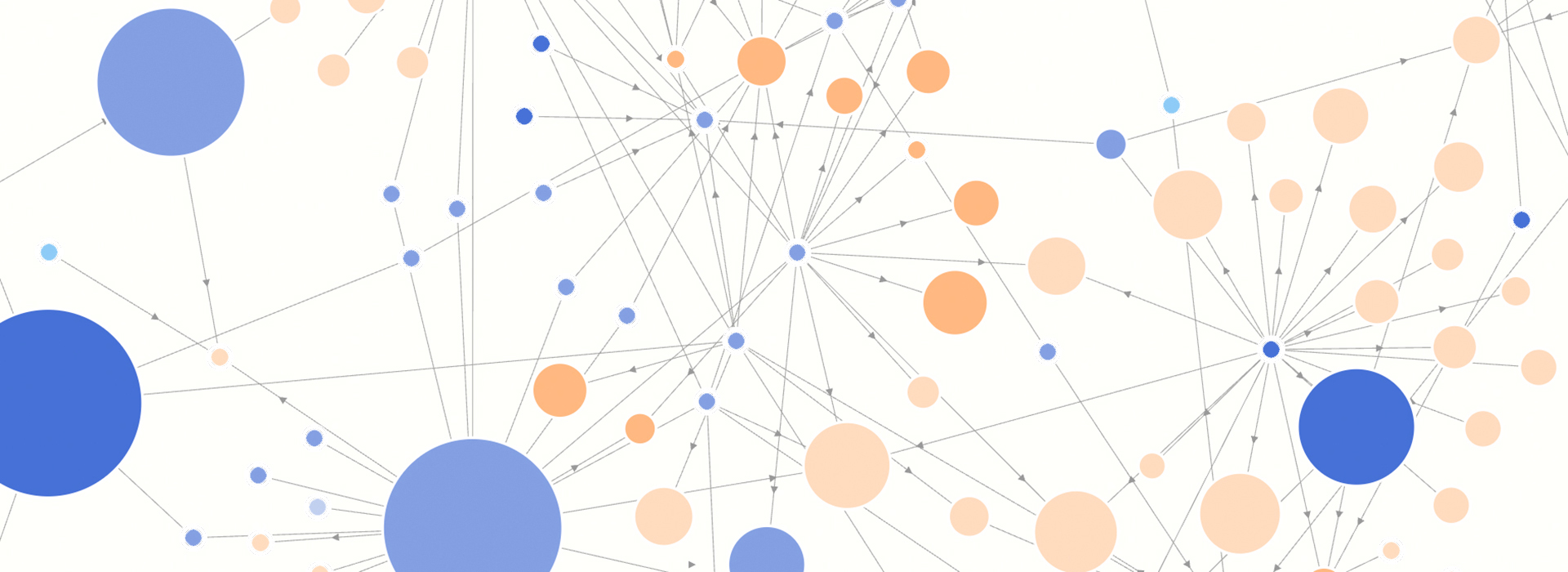
Tracking the SRM landscape.
How much is being spent, who is spending it, and where is it going?
DIVE INTO THE DATA

What is SRM?
What are sunlight reflection methods – also known as solar geoengineering – and why do they matter now?
Explore SRM

Our resources are your resources.
Leverage our articles, graphics, videos, and podcasts – for free – to further the conversation.
Find the content you need

Perspective matters.
Big ideas are bound to generate disagreement. We spotlight diverse, informed opinions.
BROWSE PERSPECTIVES